Introduction: Autonomous Drone Revolution - Latest Technologies and Future Prospects in 2024
Autonomous drone technology is rapidly evolving and poised to revolutionize our lives and industry. Thanks to dramatic advances in artificial intelligence (AI) and sensor technology, drones have achieved unprecedented levels of autonomy and environmental awareness. The use of autonomous drones is expanding in a variety of fields, including logistics, agriculture, and construction, and is expected to improve efficiency and create new possibilities. This article details the latest trends in autonomous drone technology, specific applications in various industries, and future prospects.
The Forefront of Autonomous Drone Technology
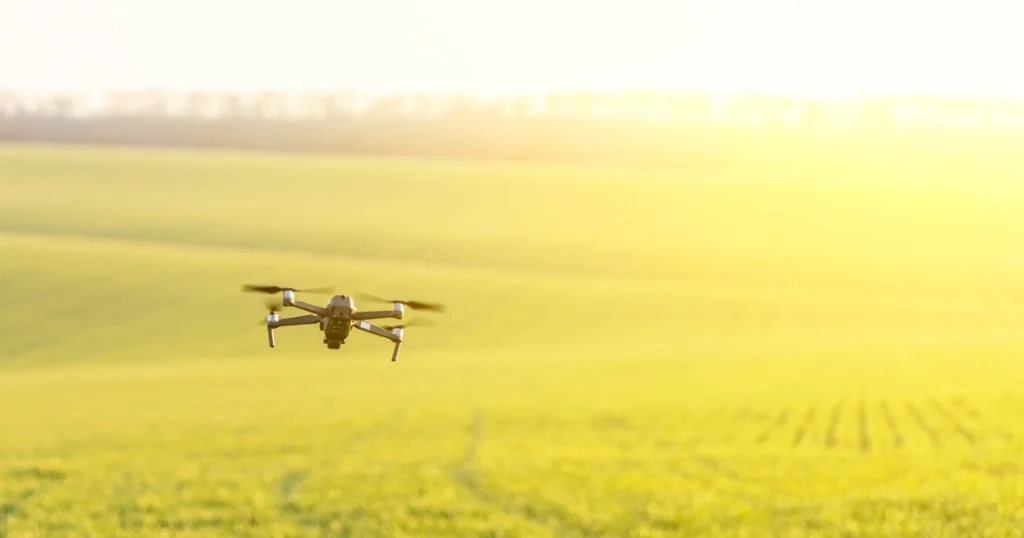
New Horizons Opened Up by AI
from ...Rhythm-based dronehave achieved an unprecedented level of autonomy thanks to advances in artificial intelligence (AI). Drones equipped with the latest AI algorithms are now able to instantly analyze complex environments and select optimal flight paths. For example, an autonomous drone developed by a research team at ETH Zurich in Switzerland has the ability to detect and avoid obstacles within 0.3 seconds while flying at speeds of over 40 km/h.
Such a high degree of autonomy enables drones to perform tasks beyond human capabilities, such as search and rescue operations at disaster sites and management of vast farmlands. Furthermore, improvements in AI-based image recognition technology have enabled drones to identify objects and people on the ground with high accuracy and to assess the situation in real time.
It should be noted that theseAI-technologyis not just obstacle avoidance,Applied to complex decision-making processesThis is a point that has been made. For example, a research team at the University of California, Berkeley, has developed an autonomous drone system that uses reinforcement learning. This system can search efficiently in unknown environments and learn optimal routes on its own. This technology is particularly useful in situations where a race against time is required, such as early detection of forest fires or searching for people in distress.
Further,AI-basedgroupControl Technologyare also advancing rapidly. Israeli startup Percepto has developed an AI system that controls multiple autonomous drones simultaneously. This system makes it possible to efficiently monitor vast industrial facilities and ports 24 hours a day, 365 days a year. In fact, Florida Power & Light, a major U.S. electric utility, has successfully implemented this system to quickly assess the damage after a hurricane.
With the application of these advanced AI technologies, the range of applications for autonomous drones is rapidly expanding. In the future, they are expected to be used in a wider range of fields, such as urban planning, environmental protection, and even space exploration. For example, NASA hasfireStar Exploration MissionWe are considering the use of autonomous drones in the following areas Even in a communication environment with delays from the earth, AI-equipped drones canfrom ...Ritually exploratory activitiesThis is because it is possible to do
Thus, the fusion of AI and autonomous drones has potential beyond our imagination. As technology advances, solutions to problems previously thought impossible and the creation of new value are being realized.
Breakthrough in sensor technology
With the latest LiDAR sensors and multispectral cameras, the ability of drones to recognize their environment has improved dramatically. Theseamount of moneyPerformance SensorsBy,darkAccurate 3D mapping in darkness and fogSh,CLocate with centimeter-level accuracyIt is now possible to do so. For example, in the agricultural sector, drones equipped with multispectral cameras are providing detailed analysis of crop health, contributing to early detection of pests and diseases and appropriate fertilizer application. In some cases, farmers have reported that this technology has helped them increase their yields by up to 201 TP3T.
Autonomous Drones Revolutionizing Industry
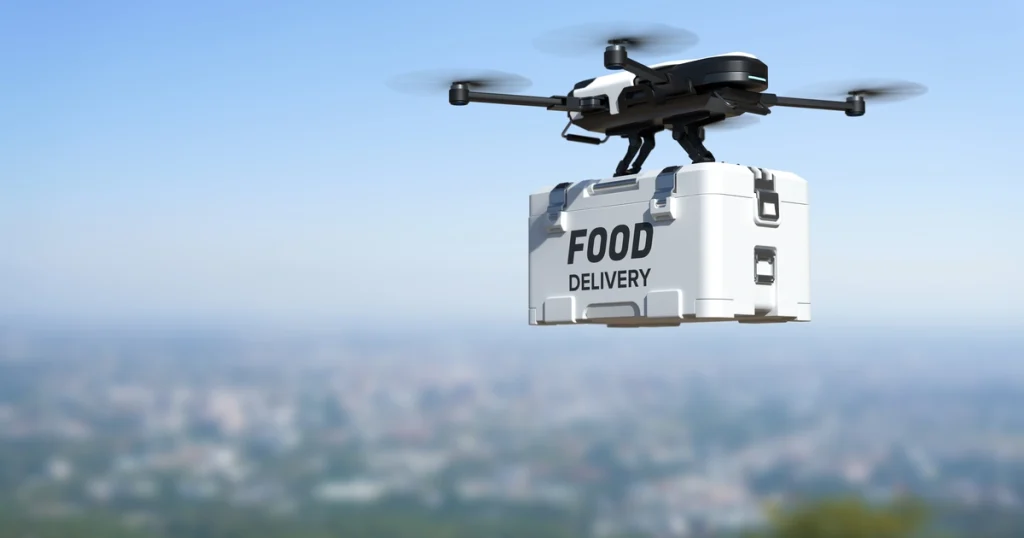
Transformation of the Logistics Industry
Autonomous Drones Revolutionizing the Logistics Industry
Autonomous drones are a technology that is revolutionizing the logistics industry. Amazon is at the center of this trend. Prime Air Project has an ambitious goal of delivering goods in 30 minutes or less and is in commercial operation in several regions as of 2024.
Within the U.S., the company began service in College Station, Texas, and Rockford, California, at the end of 2022. It will then roll out new drone deliveries in Tolson, Arizona beginning in November 2024, serving the western portion of the Phoenix metropolitan area. Internationally, Prime Air is steadily expanding its operational area with the upcoming launch of commercial service in the United Kingdom and Italy.
The newest drone, the MK30, offers technological innovations such as quieter operation and longer flight range, further promoting efficiency in the "last mile" of logistics. This technology is expected to reduce delivery costs by up to 701 TP3T.
Use of drone logistics advancing around the world
Amazon is not alone in its use of autonomous drones in logistics.
China's Jingdong Group (JD.com) has already put drone delivery in rural areas to practical use, making more than 70,000 successful deliveries as of 2020. This has reduced delivery times and helped revitalize local economies in rural areas.
Also in Africa, Zipline, an American company, utilizes autonomous drones for medical applications. Starting in Rwanda, the company has expanded its service to deliver blood products and medicines in Ghana and Nigeria, making a cumulative total of over 200,000 deliveries. This innovation is dramatically improving access to healthcare in remote areas.
Environmental Impact and Future Urban Design
The logistics revolution of autonomous drones is also gaining attention for its environmental benefits. According to a study by Delft University of Technology in the Netherlands, the use of drones for parcel delivery in urban areas compared to traditional truck delivery has the potential to reduce CO2 emissions by up to 54%. This has had a significant impact on policies aimed at creating sustainable cities.
Furthermore, as part of its “Smart Nation” initiative, the Singapore government is considering designing cities based on drone delivery. This approach is expected to alleviate traffic congestion on the ground and create an efficient and sustainable living environment.
Disaster and pandemic readiness
Autonomous drones are also being used for logistics during disasters and pandemics. For example, during the COVID-19 pandemic in 2020, Terra Drone in China used drones to transport PCR test kits within the city of Wuhan, helping to establish a rapid testing system.
The Future of Autonomous Drones
The evolution of autonomous drones in logistics goes beyond mere efficiency. They offer a wide range of value, including environmental protection, improved access to healthcare, and disaster response. As technological innovations continue to advance, they will further accelerate the transformation of urban design and social systems as a whole.
Keep an eye on this logistics revolution that will transform the way we live and the cities we live in.
Digitalization of Agriculture
In the agricultural sector, autonomous drones are helping to make precision agriculture a reality. According to a report by Japan's Ministry of Agriculture, Forestry, and Fisheries, drone-based pesticide application has been shown to reduce working hours by more than 90% and pesticide use by more than 30% compared to traditional methods. For example, in California's Napa Valley wine region, drones are used to monitor vineyard health, detect diseases early, and take appropriate action. This has resulted in more consistent yields and improved quality, and has reportedly increased winegrowers' profits by 15%.
Improving Safety and Efficiency
Autonomous drones are helping to improve safety and efficiency in the construction and manufacturing industries. For example, General Electric utilizes drones to inspect wind turbines, reducing inspection time by 75% and significantly reducing worker safety risks. Another major Japanese construction company, Shimizu Corporation, uses drones to manage progress and safety checks at construction sites, and by combining them with 3D surveying technology, the company is able to accurately track construction progress, shorten construction schedules, and improve quality.
Technical Challenges and Innovative Solutions
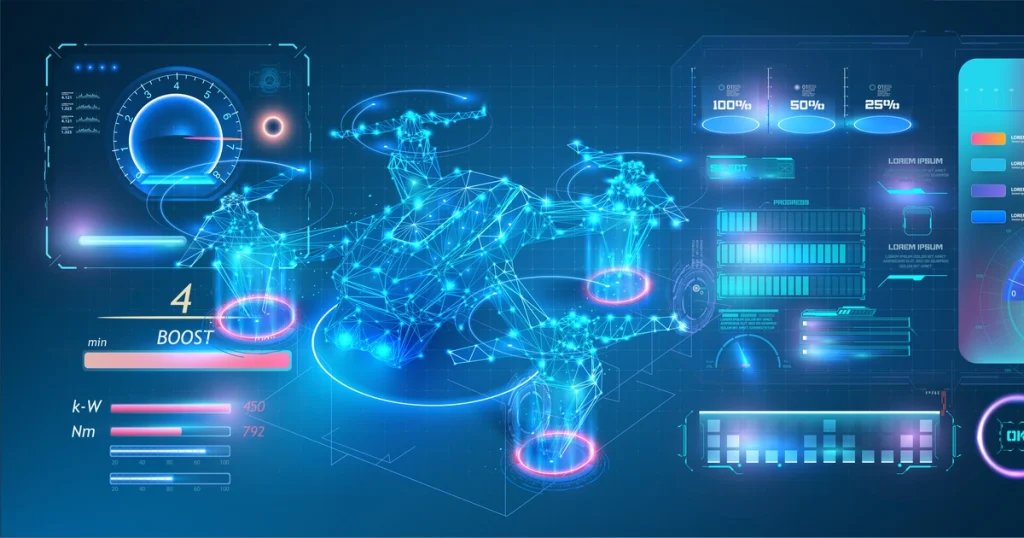
Revolution brought about by 5G communications
The widespread use of 5G communication technology is greatly improving drone communication issues. 5G networks enable low-latency, high-bandwidth communications, real-time high-definition video transmission, and the transmission and reception of large amounts of sensor data. This will enable stable autonomous flight in more complex environments. For example, Korea's SK Telecom has conducted a demonstration test of a drone delivery system utilizing 5G, enabling safe long-distance flights in urban areas. This technology enables rapid delivery of emergency supplies unaffected by traffic congestion and holds great promise for disaster relief efforts.
Leveraging Edge Computing
Advances in edge computing technology have dramatically increased the processing power of the drones themselves, with high-performance edge devices such as NVIDIA's Jetson AI computer enabling real-time image recognition and path planning without relying on the cloud. This technology allows drones to maintain a high degree of autonomous flight even in environments where Internet connectivity is unstable. For example, in a medical supply delivery project in a remote African region, a drone equipped with edge computing recognized visual landmarks and flew accurately even in environments where GPS was unavailable.
Future Outlook: Autonomous Drone Market in 2030
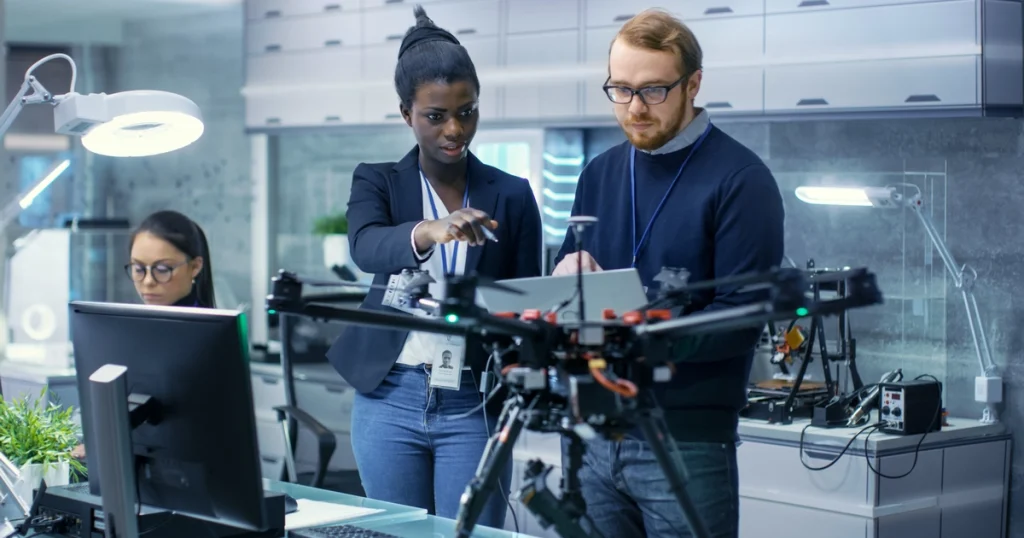
Explosive Growth in Market Size
The autonomous drone market is expected to grow at a compound annual growth rate (CAGR) of 23.26% to reach a value of $30.3 billion by 2030, according to forecasts by research firm MarketsandMarkets.7This growth is being fueled by technological innovation, deregulation, and the development of new application areas. In particular, the growing use of autonomous drones in urban areas is expected to create a new economic sphere, also known as the “industrial revolution in the sky. Singapore, for example, has set an ambitious goal of having drones handle 30% of urban logistics by 2030, and legislation and technological development to achieve this goal is proceeding at a rapid pace.
Creating a New Business Model
Autonomous drone technology is creating a new business model called “Drone-as-a-Service” (DaaS). For example, the market for inspection drone services is projected to reach $24.2 billion by 2028.8This indicates that companies are increasingly using the services of specialized vendors rather than owning and operating their own drones. As a specific example, Swiss company Verity offers a service that uses autonomous drones to manage inventory in warehouses. Companies that have implemented this service have reported a 99.9% increase in inventory control accuracy and an 80% reduction in work time.
Summary: Autonomous drones envision a future society

Autonomous drone technology has the potential to fundamentally change the way we live our lives and industry. Its range of applications is expanding every day, including more efficient logistics, more precise agriculture, and improved safety in infrastructure inspections. However, there are still issues to be resolved, such as privacy concerns and aviation regulations.
For example, Japan's revised Civil Aeronautics Law will come into effect in December 2022, allowing for Level 4 (unobserved flights in manned areas) operations. This is expected to accelerate the use of drones in urban areas. Meanwhile, new drone regulations will be introduced in Europe in January 2023, requiring registration of operators and certification of aircraft to ensure both safety and privacy protection.
Striking a balance between technology and regulations while maximizing the potential of autonomous drones will be the key to making our future society more prosperous and sustainable. The autonomous drone revolution has just begun.
[Ref.]
1 ETH Zurich.(2022). "Autonomous drones learn to fly in the real world."
2 PrecisionAg. (2023). "Drone Technology in Agriculture: Benefits and Applications."
3 Amazon.(2023). "Amazon Prime Air."
4 Ministry of Agriculture, Forestry and Fisheries . (2022). “On the Promotion of Smart Agriculture.”
5 General Electric.(2023). "GE Renewable Energy uses drones for wind turbine blade inspections."
6 NVIDIA.(2023). "Jetson AI at the Edge."
7 MarketsandMarkets.(2023). "Autonomous BVLOS Drones Market."
8 Drone Industry Insights.(2023). "Drone Service Provider Ranking 2023."
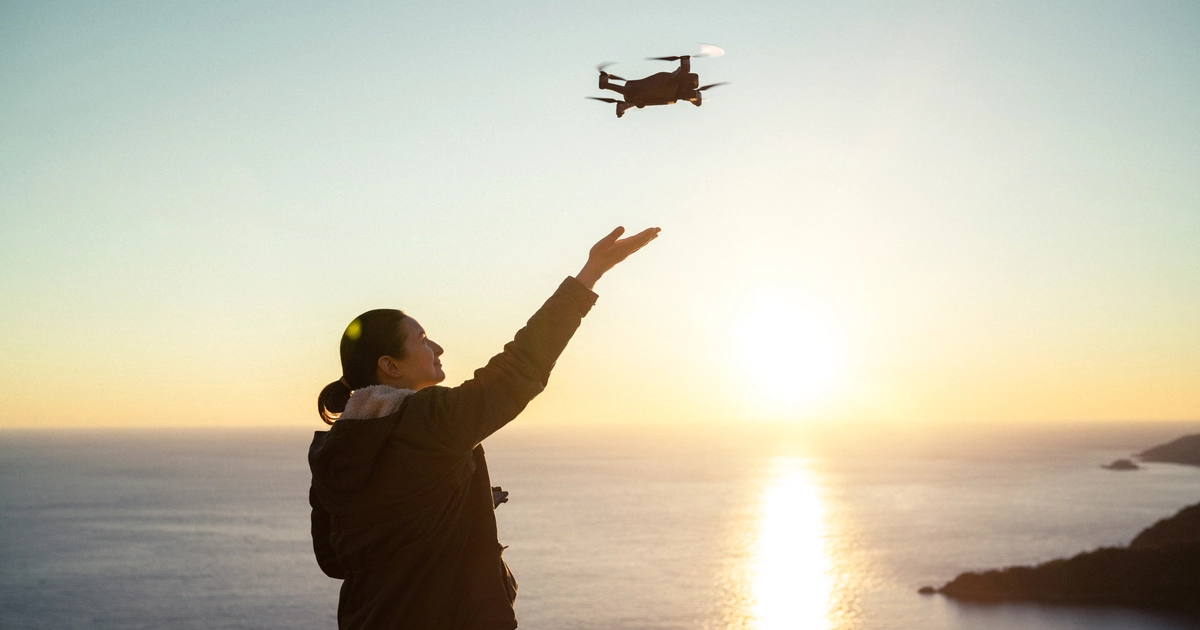










Comment